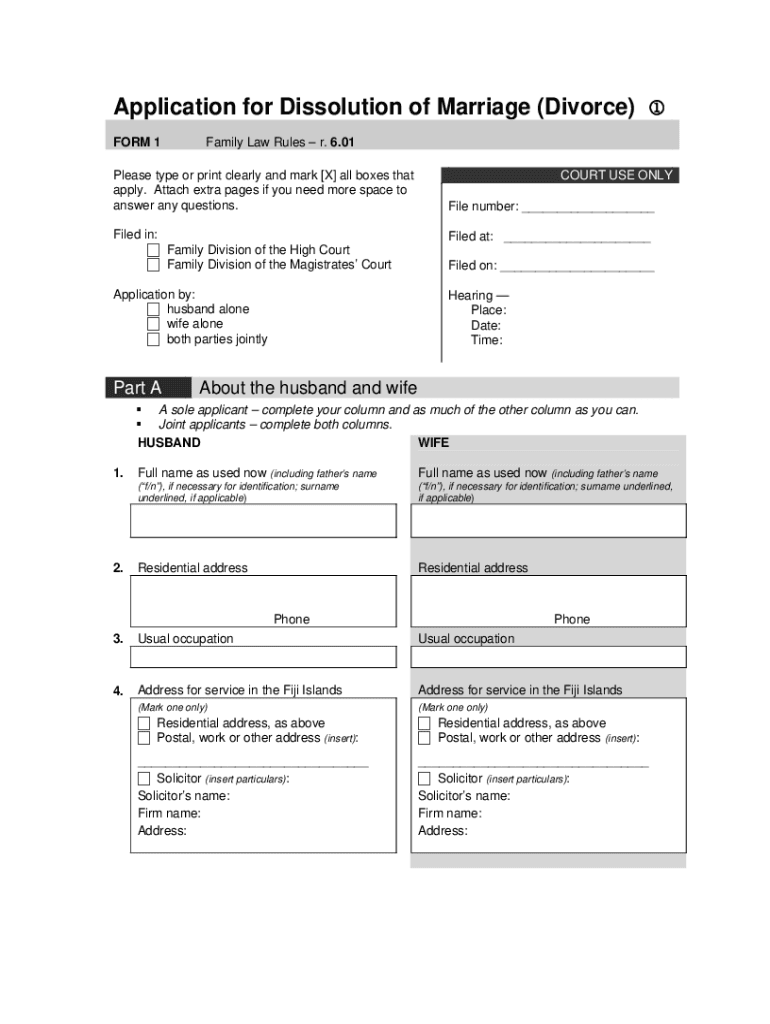How to Print Vegas Divorce Papers Easily

Divorce, although emotionally taxing, necessitates careful attention to legal paperwork. Navigating through divorce in Las Vegas, Nevada can be made simpler by understanding the process of printing your divorce papers. This guide will provide a comprehensive walkthrough on how to handle these documents effectively.
Understanding Your Divorce Papers

Before diving into the printing process, it’s crucial to understand the significance of the divorce papers in Nevada. These documents include:
- Complaint for Divorce: Initiates the process by outlining reasons for divorce.
- Summons: Notifies your spouse of the filed lawsuit.
- Financial Disclosure Form: Details your financial status for asset division.
- Child Custody and Visitation: If applicable, defines the custody arrangement.
- Child Support Worksheet: Outlines support payments for children.
Key Elements of Divorce Papers

Here’s what to look out for:
- Accuracy: Ensure all information provided is accurate to avoid delays.
- Completeness: Every section must be filled out correctly.
- Signatures: Properly sign and notarize where required.
📢 Note: Missing signatures or incomplete sections can lead to rejection by the court.
Preparing Your Divorce Papers for Printing

When you’re ready to print your divorce documents, follow these steps:
- Review: Before printing, thoroughly review the documents for any errors or omissions.
- Formatting: Use a clear and legible font, typically Times New Roman, size 12.
- Paper Quality: Use high-quality, white paper to ensure the printouts are professional-looking.
Printing Your Divorce Papers

To print your documents:
- PDF Conversion: If not already in PDF format, convert your documents to ensure consistency across devices.
- Printer Settings:
- Select “Print as PDF” or direct printing to ensure the document prints in its intended layout.
- Set “High Quality” printing to avoid smudging or faint text.
- Print Verification: Check each page immediately after printing for clarity and completeness.
Handling Complex Documents

Some divorce papers might include:
- Exhibits: Legal attachments like financial statements or child custody agreements.
- Signature Pages: These might require notarization; ensure they are printed separately.
- Multiple Copies: You’ll need copies for yourself, your spouse, and the court.
Organizing Your Printed Documents

Once printed, organize your documents as follows:
- Stapling: Staple documents that go together, ensuring the staple doesn’t interfere with text.
- Tabbing: Use tabbed dividers for different sections like “Summons,” “Complaint,” “Financial Disclosures,” etc.
- Separate Originals and Copies: Keep originals and copies distinct and well-marked.
👀 Note: It’s beneficial to use double-sided printing where appropriate to save paper, but ensure readability is not compromised.
Final Steps Before Filing

Before heading to the courthouse:
- Checklist: Use a checklist to ensure all required documents are in place.
- Notarization: Documents requiring notarization must be signed in front of a notary.
- Service of Process: Understand how and when to serve your spouse with the divorce papers.
Having your documents well-prepared and organized can streamline the filing process at the courthouse. It’s about presenting your case with clarity and professionalism, ensuring that the court can easily navigate through your documents.
In summary, the process of printing divorce papers in Las Vegas involves understanding your documents, preparing them for printing, ensuring clarity and completeness in the printing process, and organizing them for submission. By following these steps, you can ensure a smoother journey through the legal aspects of ending a marriage in Nevada.
What should I do if I find errors after printing my divorce papers?

+
Make corrections directly on the printed copies or reprint the specific pages, ensuring to replace the originals with the corrected ones.
Do I need to have my documents notarized before filing?

+
Some documents like the Financial Disclosure Form often require notarization. Check your jurisdiction’s requirements.
How many copies of each document do I need?

+
Typically, you’ll need copies for yourself, your spouse, and the court, so a minimum of three sets.



